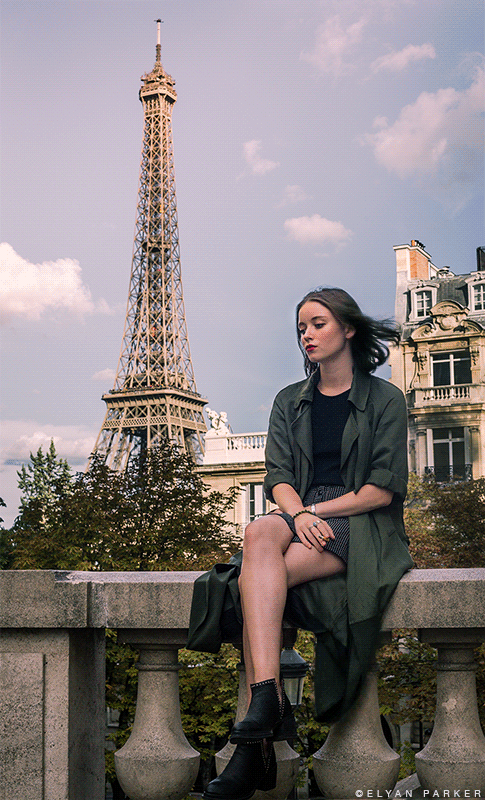Website under EXTREME maintenance
I am renovating this entire site, bringing it back up to the modern standards, all in hope of providing you with the best content possible.
In the meantime, you can check out this beautiful Cinemagraph by Elyan Parker while waiting.
See you guys soon.
